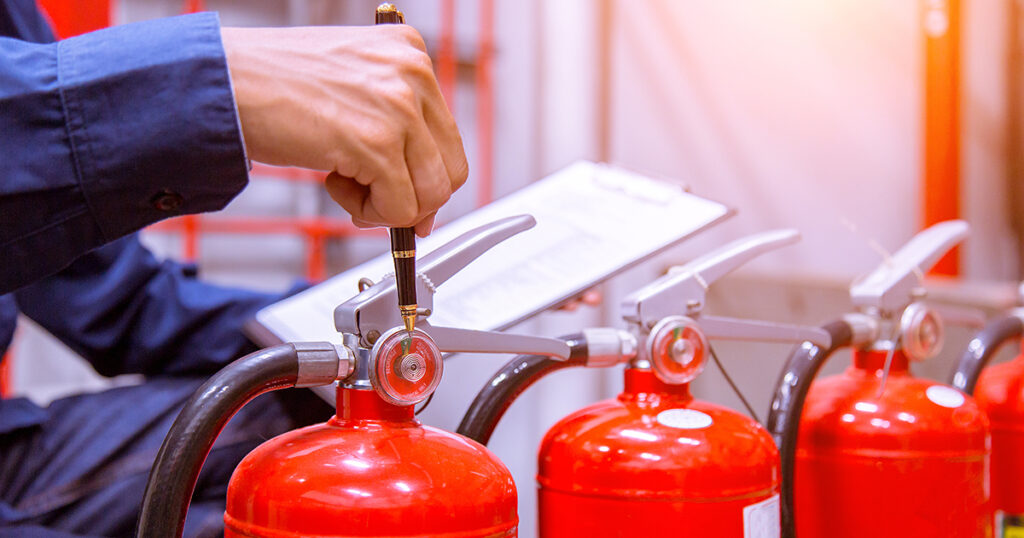
Fire safety equipment is a crucial aspect of any building’s infrastructure. It’s not just about complying with regulations; it’s about ensuring the safety of the people who live or work within the premises. Fire emergencies can happen at any time, so you need to have faith in your fire safety equipment. The key to that trust is regular maintenance.
Why Maintenance Matters
Imagine a scenario where a fire breaks out, and your fire extinguisher fails to work, or your fire alarm system doesn’t trigger. This can lead to catastrophic consequences. Fire safety equipment, when properly maintained, can be the difference between life and death during a fire emergency.
Maintenance is essential for various reasons:
1. Reliability: Regular maintenance ensures that your fire safety equipment will perform as intended when you need it the most. This reliability is critical for the safety of everyone in the building.
2. Legal Compliance: Many countries and regions have strict regulations regarding fire safety equipment. Regular maintenance is often a legal requirement, and non-compliance can lead to severe penalties.
3. Cost-Effective: Proper maintenance extends the lifespan of your equipment, reducing the need for frequent replacements. It’s more cost-effective to invest in maintenance than to buy new equipment frequently.
4. Peace of Mind: Knowing that your fire safety equipment is well-maintained provides peace of mind. It’s one less thing to worry about in the event of a fire emergency.
Types of Fire Safety Equipment Requiring Maintenance
Let’s take a closer look at some common fire safety equipment that requires regular maintenance:
1. Fire Extinguishers: Fire extinguishers are your first line of defense against small fires. Regular checks ensure they are pressurized, have the correct chemical agent, and are free from damage or corrosion.
2. Fire Alarms: Fire alarm systems need periodic testing to ensure they detect smoke or heat accurately and trigger alarms effectively.
3. Fire Sprinkler Systems: These systems should be inspected for leaks, corrosion, and functionality. They are often tested through a process known as a “flow test.”
4. Emergency Lighting: In the event of a power outage during a fire, emergency lighting guides occupants to safety. Routine checks of battery-powered lights are crucial.
5. Fire Suppression Systems: These specialized systems, such as gas or foam suppression, require regular inspections to ensure they are operational and won’t inadvertently harm occupants.
The Maintenance Process
Fire safety equipment maintenance typically involves several steps:
1. Inspection: Regular visual inspections can catch obvious issues like damage, corrosion, or missing components.
2. Testing: Equipment like fire alarms and sprinkler systems require functional testing to ensure they operate as intended.
3. Cleaning: Keeping equipment clean helps prevent corrosion and ensures smooth operation.
4. Repairs and Replacements: If any faults or damage are found during inspections, prompt repairs or replacements are necessary.
5. Documentation: Proper records of maintenance activities must be maintained for compliance purposes.
Hiring Professionals
While some basic visual inspections can be done by building staff, it’s advisable to hire professionals for more in-depth maintenance. Certified fire safety professionals have the knowledge and tools to thoroughly inspect, test, and maintain your equipment.
Conclusion
Fire safety equipment maintenance is not just a routine chore; it’s a lifeline that ensures the well-being of everyone in a building. Neglecting maintenance can have severe consequences, both in terms of safety and potential legal repercussions. Regular inspections and servicing give you the confidence that your fire safety equipment will perform when it matters most. Don’t gamble with safety; invest in proper maintenance to protect lives and property.
